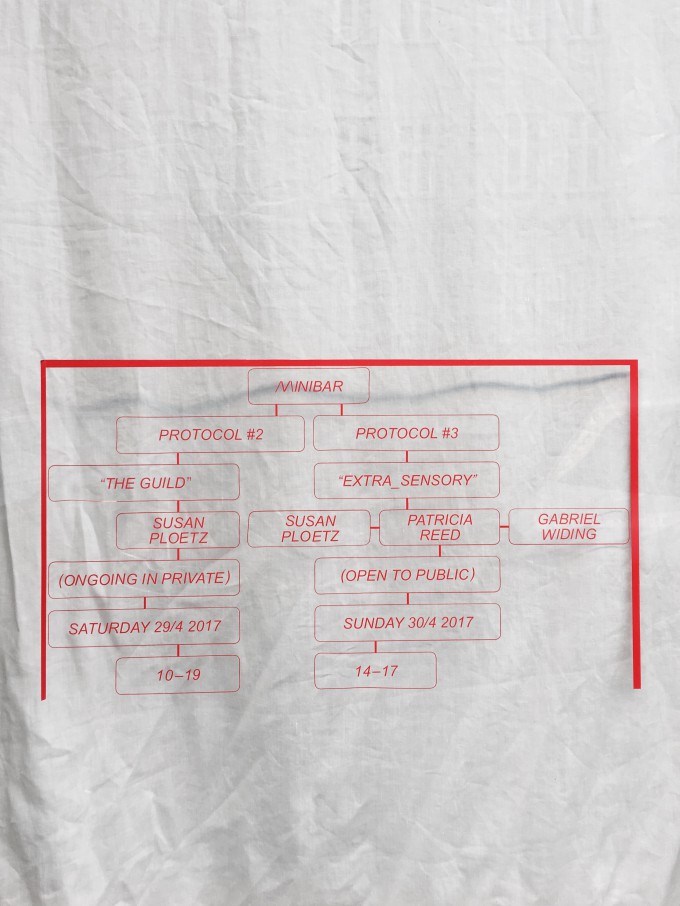Tag: 1999
-
How to go out of body & fuck with yourself
This is a rewrite of a blogpost published in swedish before. I made it for Inpex 2012 edition of the infamous silver bible aka. The Swedish Dance History vol. 4. It’s situated in the very end of the book btw. What happens to our capacities to look and see when our senses are dominated by an…
-
Märkliga dagar – videoglasögon & videovåld
Vad händer med seendet när det domineras totalt av en bildvärld? Mitt arbete med avatarerna och det faktum att videoglasögon nu är teknik tillgänglig på konsumentmarknaden (även om den är dyr och svårhanterlig) gör att det känns angeläget att tänka lite kring den estetik som har och kommer att kunna utvecklas runt den typen av…
-
Avatarer och eXistenZer
“I’m not sure. I’m not sure here, where we are, is real at all. This feels like a game to me. And you, you begin to feel like a character.” -Ted addressing Allegra, eXistenZ Avatarer är i hinduisk kontext de kroppar som tas i besittning av gudarna när de behöver uträtta sina ärenden på jorden,…
